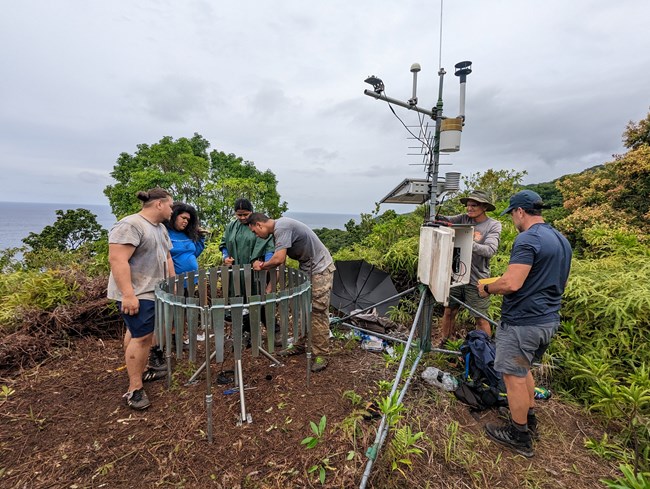
NPS Photo
Description and Rationale
Climate is widely recognized as a major driver for both terrestrial and marine ecosystems. In the Pacific Island Network (PACN), the interplay of island topography and global wind patterns often produces dramatically different climate zones over short distances. Fragile island ecosystems are particularly vulnerable to the effects of climate variability and change
Of particular concern in the PACN are the effects of increasing solar radiation and temperatures on coral reefs, the effects of prolonged El Niño-related droughts on stream flow and groundwater, and the spread of invasive species and diseases such as avian malaria due to changes in temperature and precipitation patterns. Furthermore, data on climatic conditions related to public safety are critical for park managers. The effects of moisture in fire-prone areas, winds that affect airborne volcanic hazards, and the impacts of hurricanes (cyclones) exemplify how the climate touches everyone and everything. Long-term monitoring allows us to identify trends and patterns of certain climate parameters to aid researchers and park managers in making the best decisions
Monitoring Objectives
- Determine variability and long-term trends in climate for PACN parks through monthly and annual summaries of descriptive statistics for selected weather parameters
- Determine frequencies and patterns of extreme climatic conditions for selected weather parameters
Core weather parameters include: air temperature, precipitation, wind speed and direction, and relative humidity.
NOTE: Given the small size of many national park units in the Pacific islands, data from nearby stations outside park boundaries is included in the data analysis. Climate monitoring in the PACN includes data from existing weather stations operated by various agencies and institutions such as the Remote Automated Weather Stations (RAWS), National Atmospheric and Oceanic Administration's (NOAA) Cooperative Observer Program (COOP), the NPS Gaseous Pollutant Network, the Haleakalā Climate Network, and others.
For more information on PACN I&M climate monitoring contact: Mark Wasser
Monitored At
-
 American Memorial Park
American Memorial ParkSee what's monitored at Memorials at American Memorial Park.
-
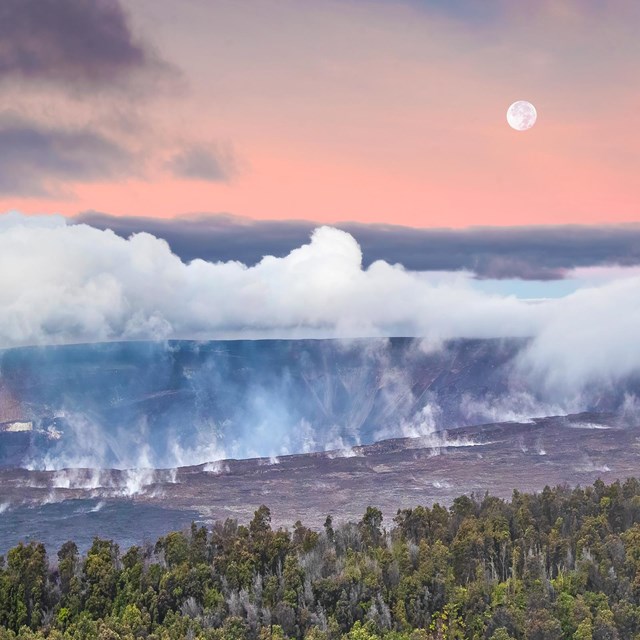 Hawaiʻi Volcanoes National Park
Hawaiʻi Volcanoes National ParkSee what's monitored at Hawaiʻi Volcanoes National Park.
-
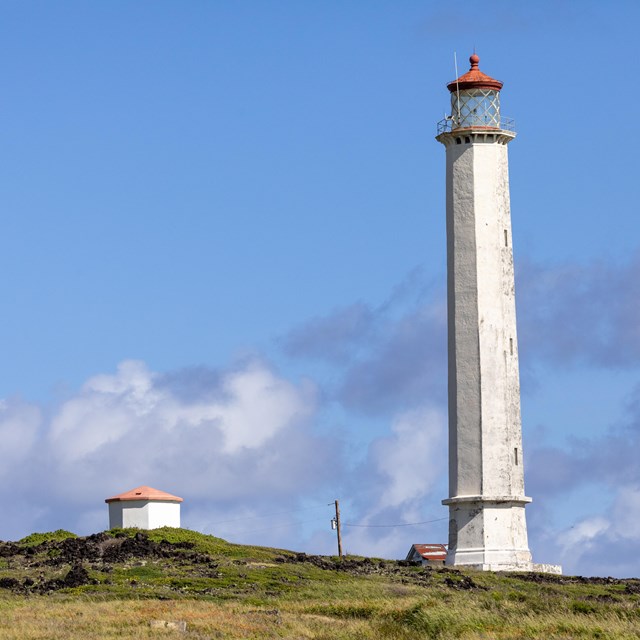 Kalaupapa National Historical Park
Kalaupapa National Historical ParkSee what's monitored at Kalaupapa National Historical Park.
-
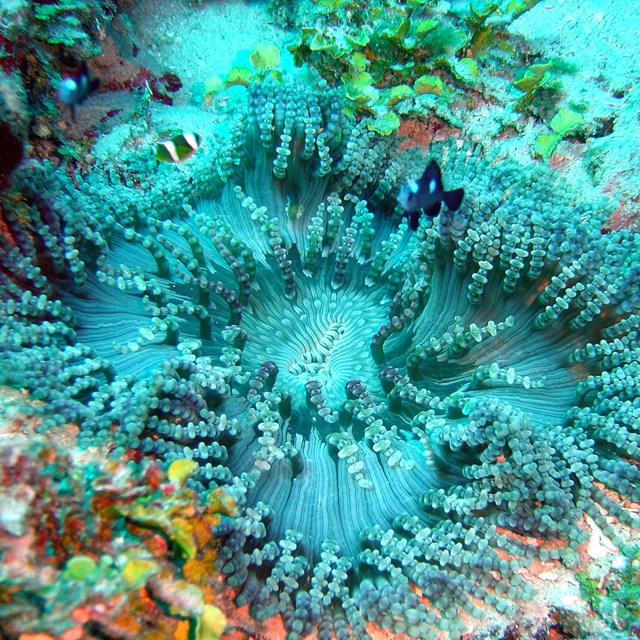 National Park of American Samoa
National Park of American SamoaSee what's monitored at National Park of American Samoa.
-
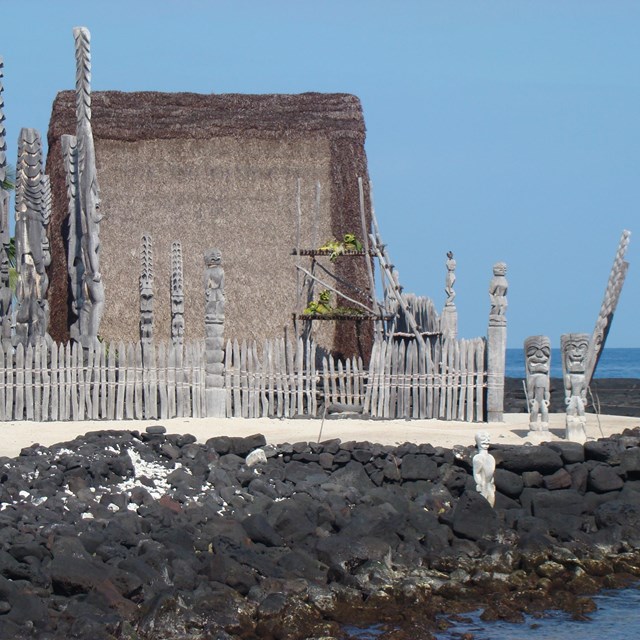 Pu‘uhonua o Hōnaunau NHP
Pu‘uhonua o Hōnaunau NHPSee what's monitored at Pu‘uhonua o Hōnaunau National Historical Park.
-
 Pu‘ukoholā Heiau National Historic Site
Pu‘ukoholā Heiau National Historic SiteSee what's monitored at Pu‘ukoholā Heiau National Historic Site.
-
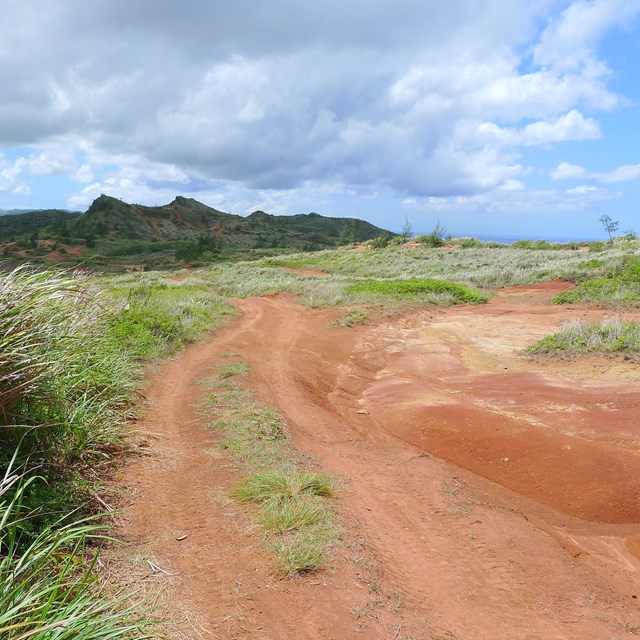 War In The Pacific NHP
War In The Pacific NHPSee what's monitored at War In The Pacific National Historical Park.
Last updated: December 21, 2023
